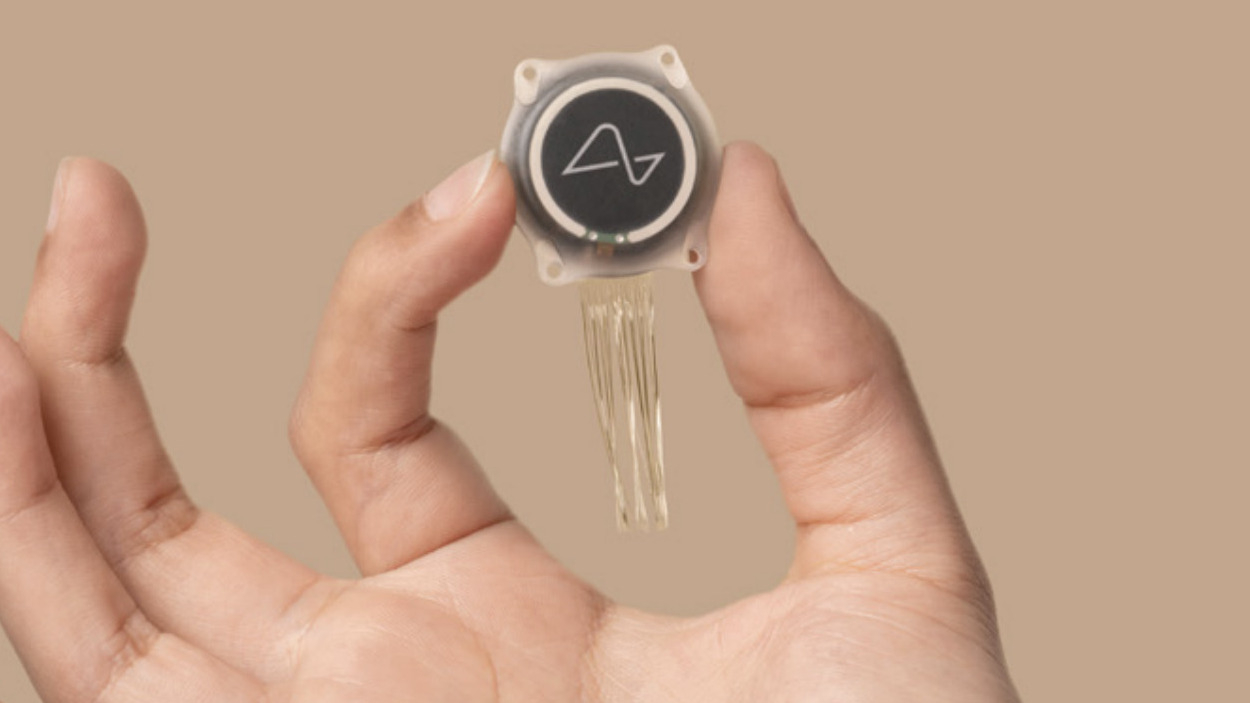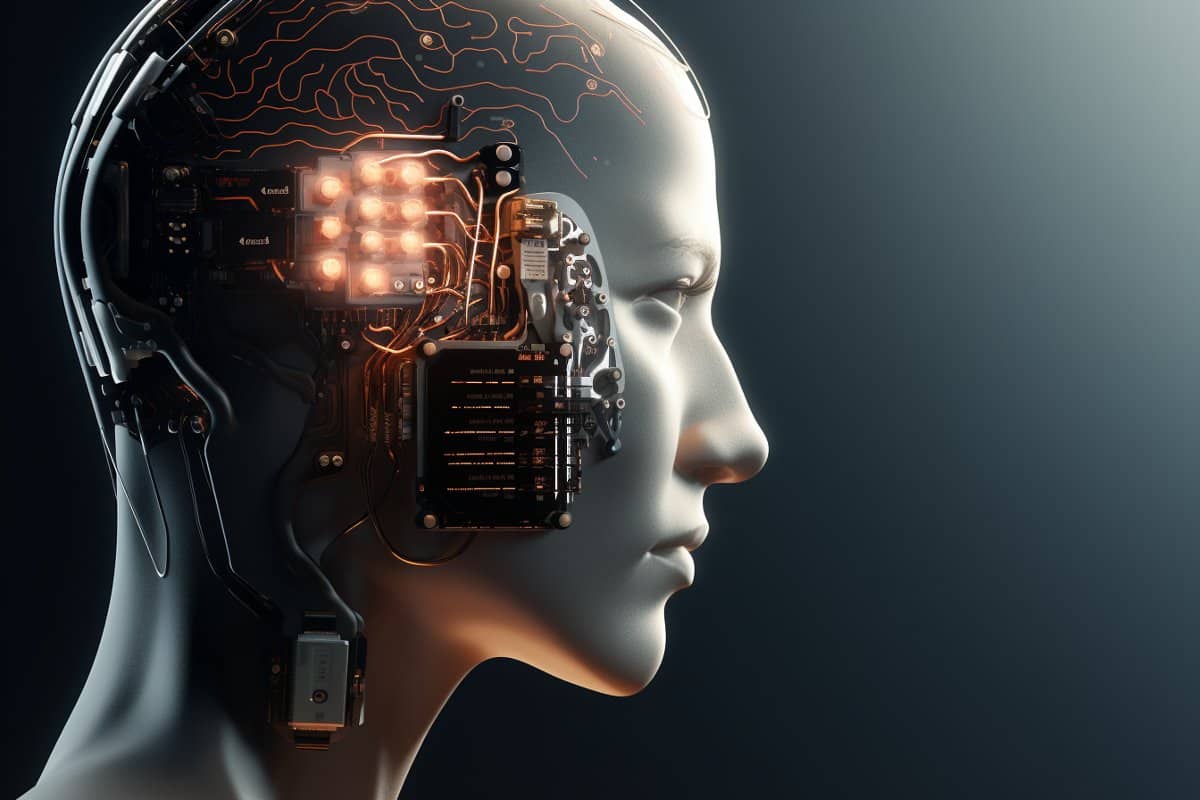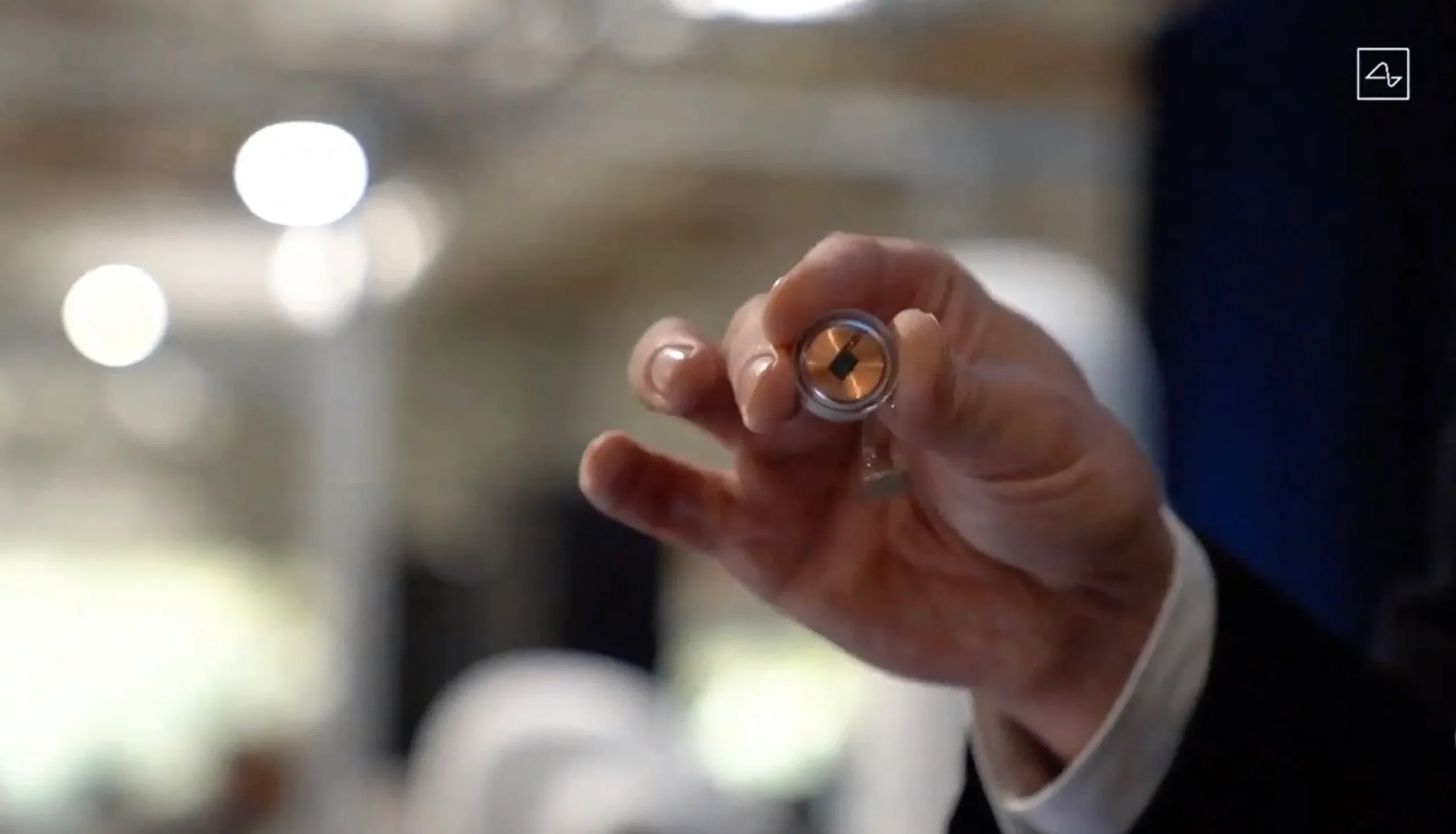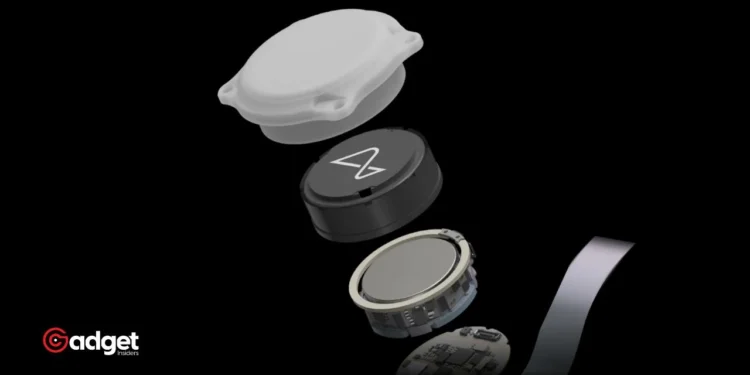Neuralink, the brainchild of tech visionaries aiming to bridge human cognition with digital technology, has been at the forefront of developing brain-computer interfaces (BCIs). Their latest updates from the PRIME Study, an ongoing human trial, reveal both the promising advancements and significant hurdles the project faces.

Triumphs and Trials: Noland Arbaugh’s Neuralink Experience
Noland Arbaugh, the first human recipient of Neuralink’s coin-sized N1 BCI implant, has become a crucial figure in understanding the practical implications of this groundbreaking technology. The implant, designed to connect directly to the motor cortex with 64 ultra-thin wires, translates neural activity into digital commands, enabling actions like typing and controlling a cursor purely through thought.

Despite the futuristic promise, Arbaugh’s journey has been fraught with complications. According to a recent report from The Wall Street Journal, approximately 85% of the implant’s threads are now detached, a startling revelation that points to the implant’s vulnerability. The brain’s natural movements have led to these detachments, with Arbaugh’s brain shifting up to three times more than Neuralink had anticipated.
The Response to a High-Tech Hiccup
Despite these setbacks, there’s a silver lining. Neuralink has rolled out an over-the-air software update that refined the implant’s recording algorithm. This update has markedly enhanced the implant’s performance, making it more sensitive to neural signals and improving the translation of these signals into computer commands.

“The enhancements to the user interface and the new techniques for interpreting neural signals have led to a rapid and sustained improvement in the implant’s performance,” a Neuralink statement explained, accompanied by a data graph showing the improvements. However, this still leaves a significant portion of the implant’s threads non-functional, a challenge that the company continues to address.
Neuralink’s Forward Path and Ethical Considerations
As Neuralink presses forward with its PRIME Study, aiming to conduct additional surgeries by the end of the year, the ethical and technical dimensions of implanting devices in the human brain remain hotly debated. The company’s reluctance to perform corrective surgeries on existing implants in favor of gathering more data underscores the experimental nature of this technology.
The promise of BCIs like Neuralink’s extends beyond the ability to control digital interfaces; it taps into the potential to restore motor function and enhance human capabilities. However, the journey is riddled with complexities, as Arbaugh’s case illustrates. The balance between technological advancement and patient safety continues to be a pivotal aspect of its path forward.
As the company navigates these challenges, the tech community and prospective participants watch closely. Neuralink remains committed to updating the public and its participants as they refine their technology and expand their study. The promise of BCIs is immense, but as with any pioneering technology, the road to realization is layered with both breakthroughs and setbacks.










